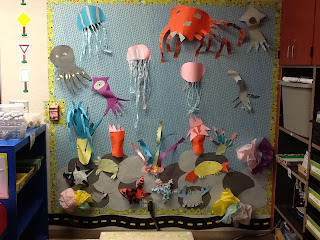In order to create a digital identity that represented me as an individual, I explored the available tools in search of a creative outlet to show who I am. At first, I created a Google+ account with all my contact information, education, work experience and decided this wasn't stimulating enough. So, I broadened my horizons and stumbled upon Visualize.me. Once I saw the graphic representations I knew it was exactly what I hoped for. Given that I'm obsessed with info-graphics, I quickly explored the themes available. I decided on the Crescendo classic due to its clean and simple nature. Then, it was time to enter my information to construct ME. Within the profile options, I was able to add a summary about myself, work experience, education and links, which are the basics of all profiles. However, this is where the graphic representation of this tool really shines. While entering my skills, interests, languages, and stats, my profile began to take shape and gave it the personal touch I was seeking in a digital identity. Overall, I'm pleased with the final product and look forward to seeing this tool build as it matures out of BETA.
If I were to give my insight, I would propose to see the links highlighted more. They are currently at the bottom of the page and if size matters, then each were misrepresented in comparison to the rest of the items on the page. They had a nice start to the available avatars to connect with your links, but it would be nice to see Google+ and Diigo added to the options. Once the portfolio section is released, this site will take on a whole new meaning, by allowing individuals to show their work in a meaningful way. I hope it is done in a similar, esthetically pleasing manner that draws the viewer in deeper.
A sneak peek into my visualize.me!



































